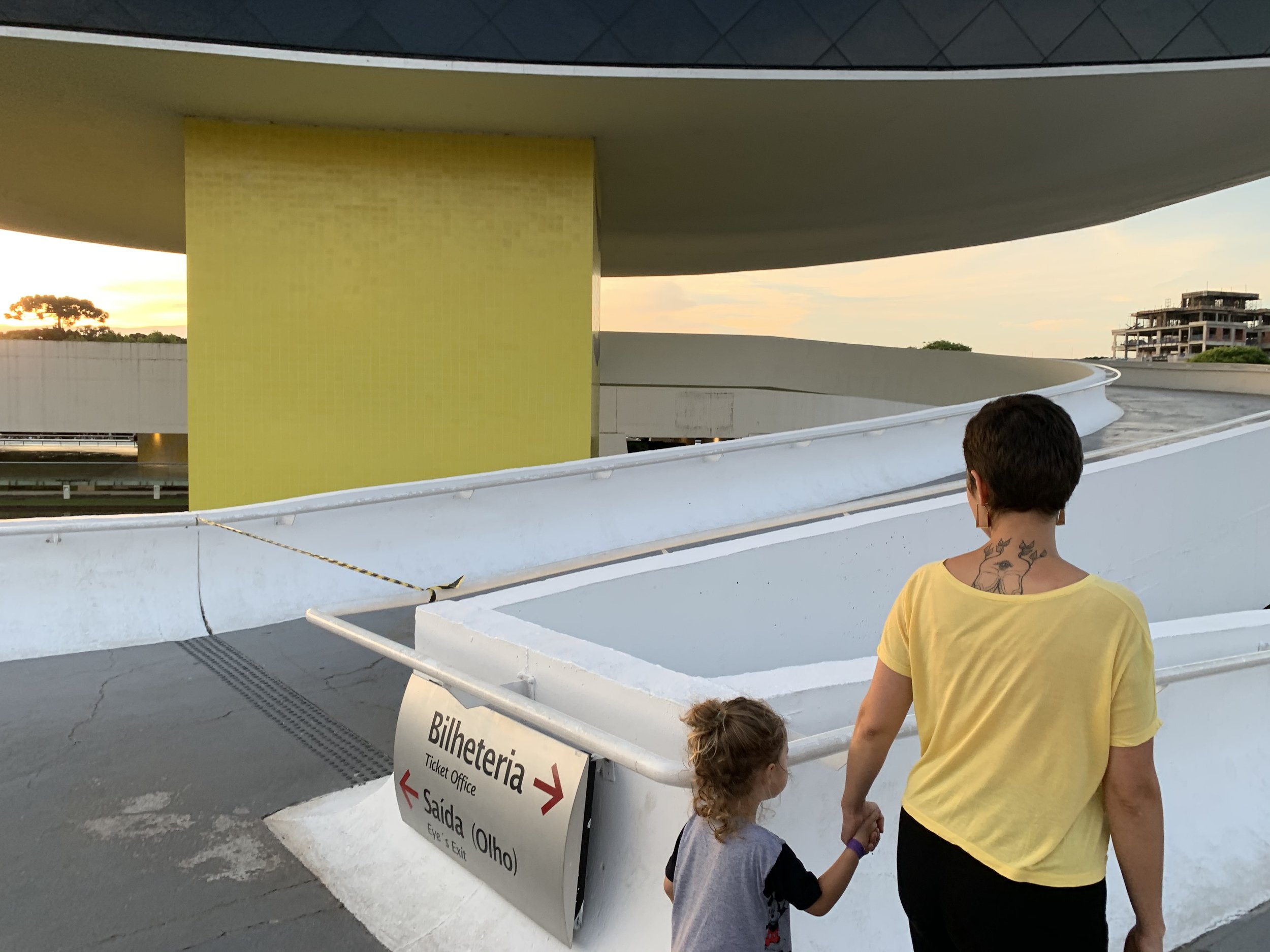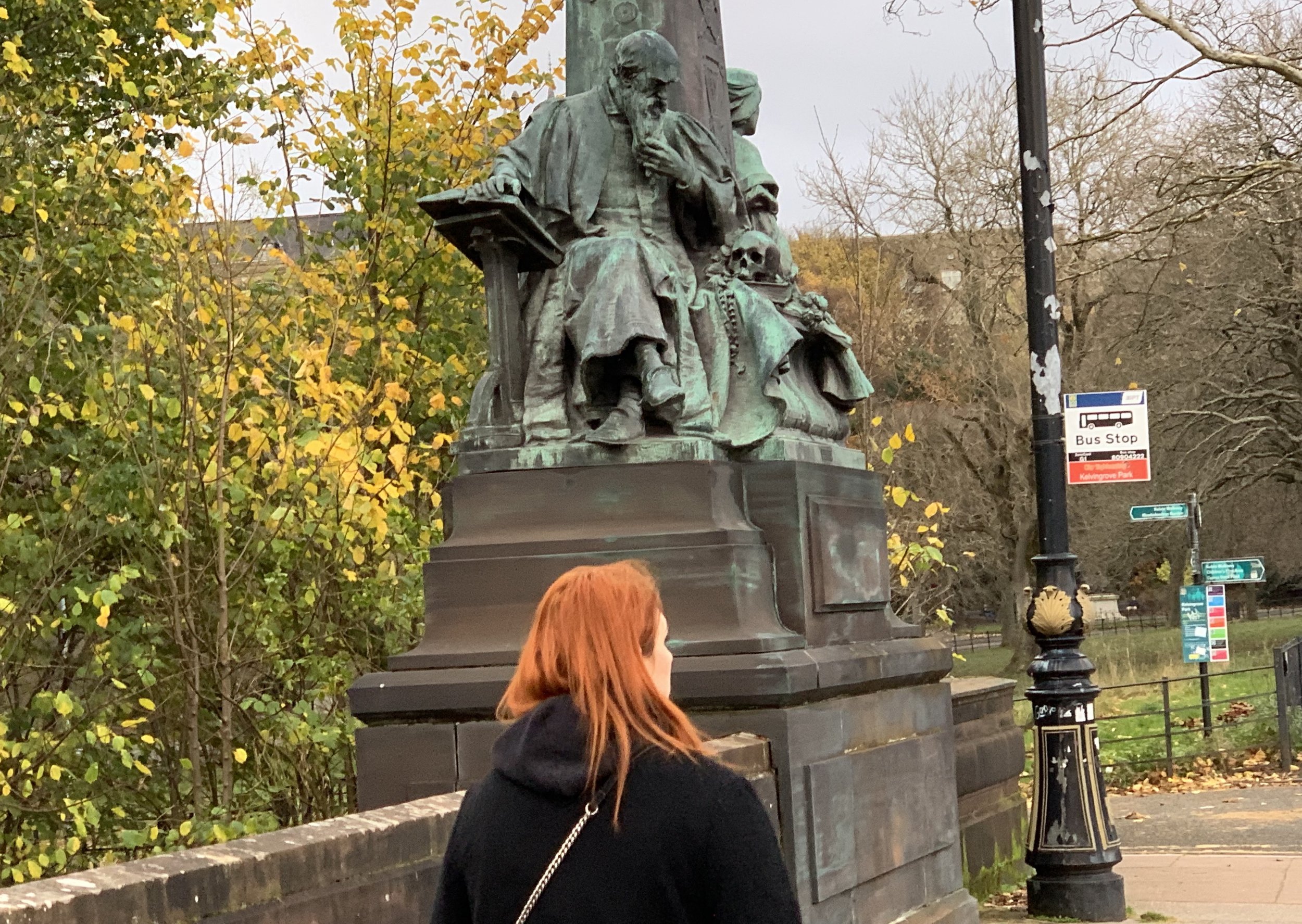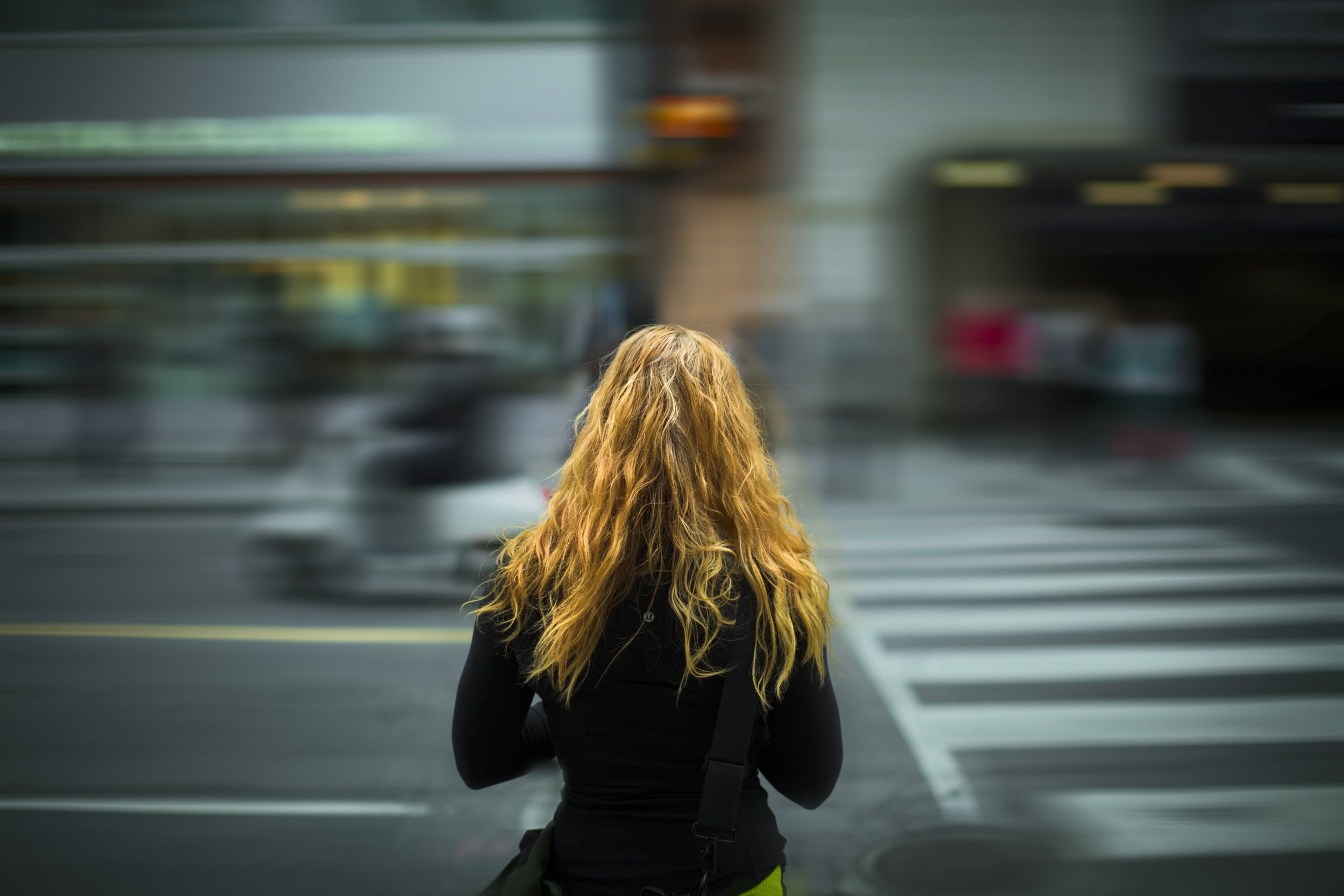How Mapping Women's 'Presency' in Cities can Transform the Way we do Regeneration - #Ecocity22
Mapping women’s audits of everyday life
As an ‘antidote to the bigness’ of unfulfilled master plans
Cities and the role women play in shaping and being shaped by them, has been a field of research primarily investigated over the years by women planners, urban geographers and architects.
While there has been some research on how urban planning fails to respond to women’s needs and perspectives, the concept of an ‘urban planning gender gap’ is under-theorised and unrepresented in the realm of practical applications.
What follows are excerpts from my talk at the Ecocity Conference 2022 delineating five lines of enquiry exploring how mapping women’s ‘presency’ in cities can transform the way we do regeneration.
Enquiry 1 – The Concept of Regeneration has Evolved
Urban regeneration as an applied concept has evolved over time. It has its roots in the functional paradigm proposed by the Athens Charter, which laid the foundations of modern planning. The Charter, supposedly produced by the historic Congrès Internationaux d’Architecture Moderne held on board the SS Patris en route from Marseille to Athens in 1933, is regarded as a watershed event, redirecting the organically developed urban conglomerations of the past into the ‘organised, flawlessly hygienic and structurally transparent urban machine’ (Bosman, 1993) of the modern world.
The Congrès Internationaux d’Architecure Moderne (CIAM, 1933)
Fast forward nearly a century, and regeneration as theory and practice has shaped and shifted urban environments, responding to changes in living conditions guided by the economic and political forces of the day. Regenerative design theory is now a dominating discourse behind the contemporary urge to re-design the human presence in urban environments. ‘Regenerativists’ argue how, in an unpredictable world, one can enable the places where we live and work to thrive, going well beyond merely sustaining a precarious balance (Regenesis, 2017). Their role is to determine which aspects of a living system to focus on, in order to realise the greatest systemic potential (Mang & Reed, 2007).
Thus, urban regeneration adopts a nested-system perspective while thinking with interdependencies between place, urban ecologies, active travel routes, energy-water-food systems, local economies, and gender sensitive interventions.
In their practices of everyday living, women are prepared to take a leading role in this ‘existential’ shift. They keep the pulse and are sensitive to the value of what’s already there. In being so, they are shaping urban projects that allow social and ecological systems to co-evolve and thrive.
Enquiry 2 – Unleashing the bio-cultural-spatial uniqueness of place
Place in my thesis is defined as the unique, multi-layered network of living systems within an urban area, that emerges from the complex interactions of the natural world, human presence and the built environment. I call this interaction the bio-cultural-spatial uniqueness of place: endlessly changing, cycling, evolving, and building to greater levels of complexity (Marvick & Murphy,1988).
From a regenerative perspective, potential is actualised through the bio-cultural-spatial uniqueness of place – not in the minds of politicians or specialists. Potential can be unleashed by shifting from dominance to intimacy with the area, through mutually life-enhancing interactions between humans and the entity of place.
My research is rooted in walking interviews with women, who are considered experts of their neighbourhoods. This expertise originates from a sense of intimacy with the bio-cultural-spatial uniqueness of place, which is daily renewed as they go about their days.
Enquiry 3 – The “Presency”of Women in Cities
A new concept blending presence experienced in the now and agency as critical awareness of the context and capacity to act.
I have been researching how innovative ways of mapping the presence and agency of women in cities, may support the emergence of regenerative placemaking perspectives that could improve women’s experience and practice of their ‘right to the city’.
My thesis blends the words presence and agency to create a new concept termed ‘presency’, which combines both meanings. It adopts the Heideggerian perspective of presence experienced in the now and / or in the timeless aspect of the eternal now (1927). It also considers the Buddhist view of presence as a mindful way of paying attention to life, moment by moment (Levman, 2017). Entwined with this, agency is understood as critical awareness of the context and capacity to act (Freire, 1970).
The moment you realise you are not present, you are present.
Eckhart Tolle
Therefore, the term ‘presency’ proposes a balance between inner and outer, thinking process and praxis, critical attention and action emerging from an experienced context embedded in the bio- cultural uniqueness of place.
By mapping women’s presency in cities, we shift focus from solving problems, which originate in the past, to actualizing potential which shapes the present and creates the future.
When we approach our problems on a universal, general systems basis and progressively eliminate the irrelevancies, somewhat as we peel petals from an artichoke, at each move we leave in full visibility the next most important layer of factors with which we must deal. We gradually uncover you and me in the heart of now.
R. Buckminster Fuller
Enquiry 4 – Mapping women’s audits of everyday life
Maps are often considered accurate visual representations of the world untainted by social factors (Harley, 1989), as well as providing a mirror effect re-presenting to particular sections of the earth (Rorty, 1979). However, many see ‘the process of selection, omission, isolation, distance and codification of mapping’ (Corner, 1999 p.215) repeatedly reinforcing the legal statutes and representing specific political territorial imperatives (Harley, 1989).
I propose mapping of women’s ‘presency’ in cities as a regenerative instrument, holding the power to change urban reality and a method to explore both the rhizomatic (Deleuze and Guattari, 1972) and the sociological nature of cities.
You can’t use an old map to explore a new world.
Albert Einstein
In other words, how would cities look if sidewalks were built, public transport networked, alleyways illuminated, neighbourhood funds distributed, green spaces diversified, all informed by the 'presency’ of women? Mapping women’s audits of everyday life and a mosaic of women urban interventions, may provide what Jane Jacobs and Kelvin Campbell have called ‘an antidote to the bigness’ of unfulfilled master plans.
To find out how this might happen, I recently conducted 275 walking/mapping interviews with women from three Scottish cities – Edinburgh, Glasgow and Perth. The questions posed during walking interviews are rooted in sense of place, the use of green spaces, the level of safety, and how women travel around these areas – because such questions draw on experiences and concepts that have currency (Janz, 2017).
Enquiry 5 – Walking as a Method
Walking interviews are interviews conducted on the move. They involve a ‘trialogue’ between a researcher, one or more participants and the place they traverse.
Waking as a method in my urban research is defined as a reflective project of wandering, strolling, stopping, mapping, promenading, observing or trekking to investigate the role of women in shaping and being shaped by the urban environment. Women’s views as experts of their neighbourhoods were captured through a GPS app and a questionnaire, while creating a ‘trialogue’ between the participant, the researcher and the place they traverse.
The walking interview is participant driven: that is, each woman selects the geographical location and the route related to the topics under investigation and the length of time of the interview. The framework used to analyse the spatial conversation triangulates parameters of sense of place, green spaces, safety and active travel.
The Walking Interview has Three Principles and One Golden Rule
The Three Principles state:
1. Women participants are the expert guides choosing the route they want;
2. Whenever the walk starts is the right time;
3. When it’s over, it’s over.
The Golden Rule:
Taking part in the interviews is voluntary. Women have the right and freedom to withdraw from the walk at any time without explanation. Beyond illustration, tracking and tracing, the spatial aspect of mapping through walking interviews may function as a platform for agency, a practice of presence.
Read more on how to prepare for academic walking interviews.
Cities like Vienna, Umeå and Barcelona amongst others, have been leading the globalised world in gender sensitive urban design and practice. Many others are waking up to the fact that they have neglected to listen to half of their population, which also happens to include the young, the elderly, ethnic minorities, and the differently able. Working class women, women of colour, mothers, academicians, professionals, the revolutionary and the conservative, the mature and the young, those who wear burkas, saris, black jeans, or business attire. From hard-to-reach neighbourhoods and affluent areas. Mapping how they walk, experience and act in the city may present multiple ways in which women are etching previously unrecorded narratives into the contemporary urban canvas. Change is afoot.
Excepts of my talk at #Ecocity2022
I am on course to complete my PhD Research entitled What if Women Designed the City by fall 2022. Keep in touch if you want to read my discussions and recommendations.







